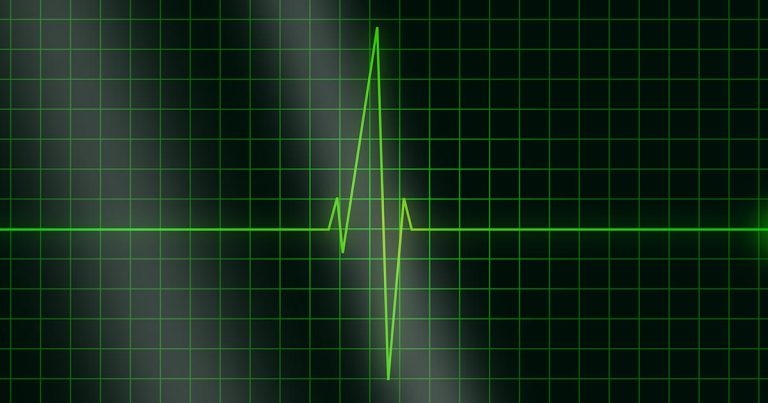3 Jun 2020
University of Surrey researchers develop a rapid and inexpensive technique to identify paroxysmal atrial fibrillation, which can be fatal in horses and a major cause of stroke in humans.

A new ECG recording technique that can quickly detect a difficult-to-diagnose equine heart condition has been developed by researchers at the University of Surrey.
Paroxysmal atrial fibrillation (PAF) can be fatal in horses and is also a major cause of stroke in humans.
In a study published in the journal Nature Scientific Reports, the researchers detailed how they developed a rapid and inexpensive technique to identify PAF – a condition that causes rapid, erratic heartbeats in horses. The condition is intermittent in presentation, so often difficult to diagnose, but it can impact on a horse’s racing performance and, in some cases, prove fatal.
In humans, this type of arrhythmia can be dangerous as it can cause disruption of blood flow in the upper two chambers of the heart, which could lead to the formation of blood clots in the organ. Such clots could block blood vessels elsewhere in the body, including the brain, resulting in cognitive decline and ischemic strokes.
In the study, ECG recordings were obtained during routine clinical work from healthy horses and others with a diagnosis of PAF. ECG traces with no other electrical disturbances were converted to a string of computational numbers using a range of detection algorithms.
ECG results recorded at rest (low heart rate of 25bpm to 60bpm) and processed by the novel detection method were found to be significantly different between horses with and without PAF.
This allowed identification of horses with PAF from sinus-rhythm ECGs with high accuracy.
Timely detection of PAF is crucial for effective treatment of the condition. Electrical stimulation or antiarrhythmic drugs could restore the normal heart rhythm, and anti-coagulation drugs might prevent formation of blood clots preventing strokes or greatly reducing their consequences.
Kamalan Jeevaratnam, heading the research team, said: “The fascinating aspect of this study is we are looking at the arrhythmia, which, typically, is provoked by high heart rate, but we diagnose it looking at low heart rate recordings. There is no need to exercise the horse and the analysis could be done in minutes, using low power computers.
“As a clinician, I think such analysis will greatly facilitate detection of this arrhythmia and it will promote the use of ECG by my colleagues.”
Dr Jeevaratnam is now in discussion with other groups based in the UK and US to move the work forward into human studies while also exploring the potential of partnering with device companies in the equine industry.
This study was funded by the Petplan Charitable Trust.